East Austin's Subtle Springs
You’re probably familiar with Barton Springs Pool in Zilker Park, a popular destination for swimming, relaxing, and cooling off on a hot summer day. And, you might be familiar with some of the other west Austin springs that are scenic destinations to visit on foot or by boat. But, did you know there are HUNDREDS of other springs in our city, many of which are located in east Austin?
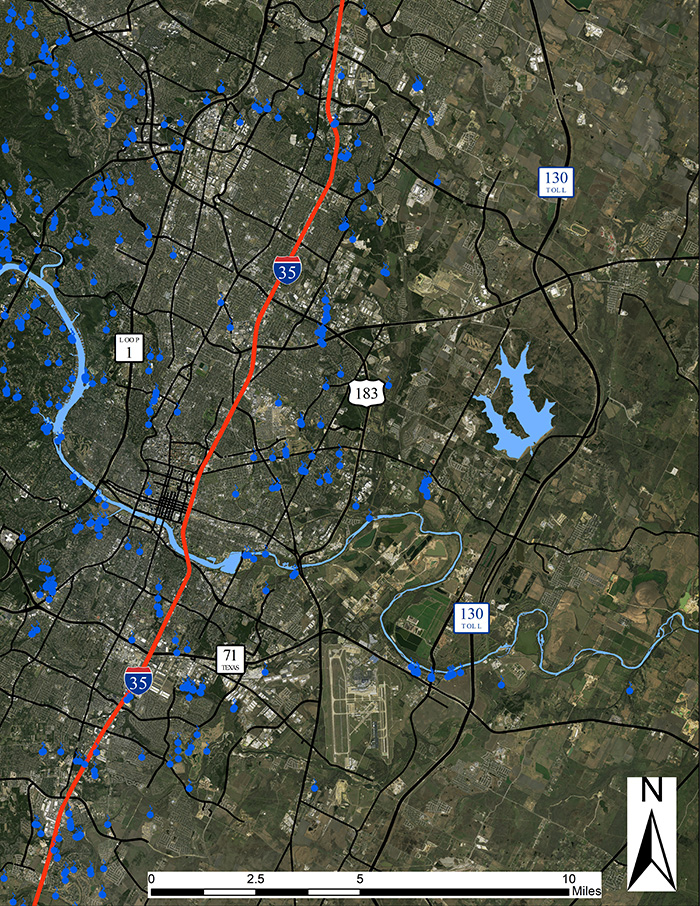
Map of Austin Springs
Springs on the east and west sides of Austin differ due to the geology of the Balcones Fault Zone that lies along Interstate 35. Springs west of the fault are typically karst springs, where the water travels from the aquifer to the Earth’s surface through holes in the limestone rock. Karst systems, like the Edwards Aquifer, can move huge amounts of water quickly, providing us with treasures like Barton Springs in Austin and spring-fed rivers, including the San Marcos and Comal rivers to the south. Conversely, springs east of the fault often develop in shallow aquifers made up of clay and smaller particles of silt, sand and gravel, so groundwater moves slowly through small pore spaces between particles until it reaches an outlet.
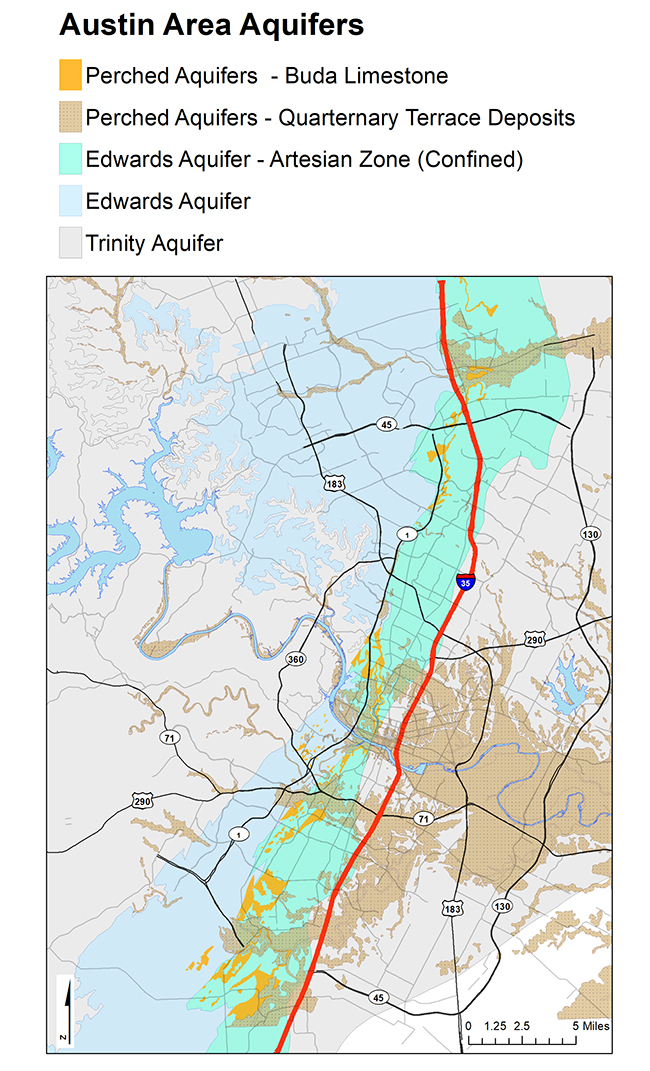
Map of Austin Area Aquifers
Hidden Springs
Many east Austin springs and seeps appear subtle because their flow may be light, or they may be covered by roadways or buildings, making them difficult to spot except during very wet weather conditions. Springs sometimes appear as a soggy spot in a field or a small trickle running across a driveway. Residents may easily mistake them for a leak from a water pipe!
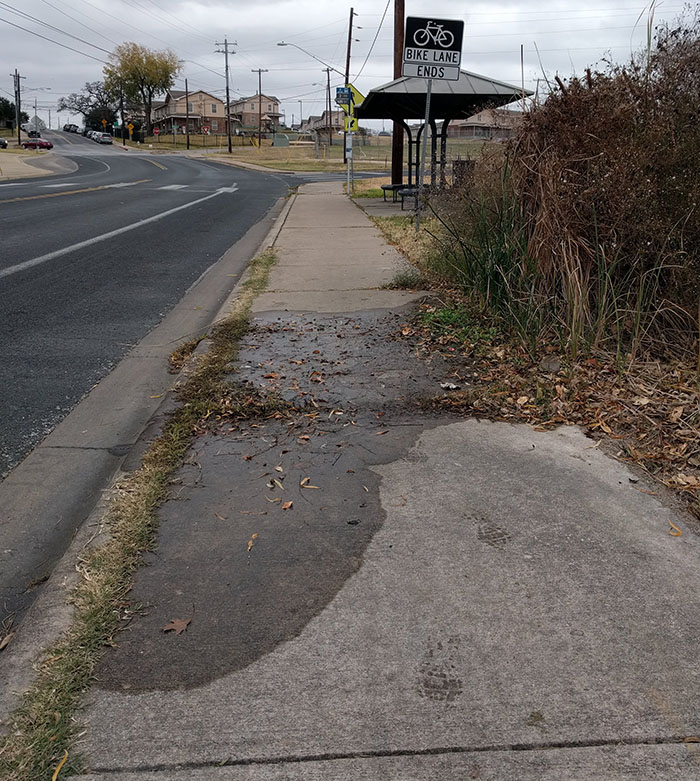
Water from a small spring (or “seep”) flows over a sidewalk on Rosewood Avenue
Although the springs in east Austin lack the star power of the springs in west Austin, they played an important role in our city’s history, providing water to settlers to support the development of farms, homesteads, and forts. Even a trickle of flowing water can have a positive impact on the surrounding ecology by creating an oasis of verdant plant life and wildlife habitat and by contributing to water levels in ponds and creeks.
Let's Meet an East Austin Spring!
Travel with us as we trace the subtle flow of a spring in east Austin and explore a bit of its history and ecological benefits. You can visit the preserve in person too!
Coleman Spring
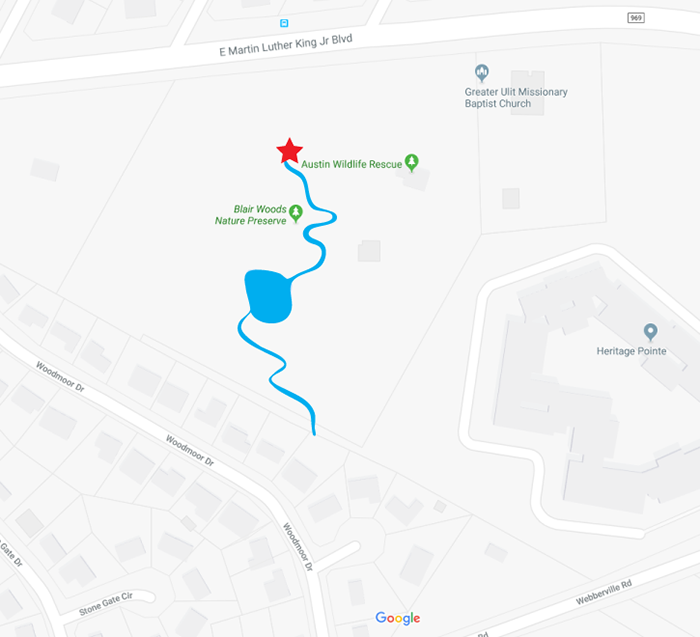
Coleman Spring is located in the Blair Woods Preserve at 5401 E. Martin Luther King Jr. Blvd., Austin, TX 78721.
Dr. Frank Blair, a zoology professor at The University of Texas at Austin, bought the former dairy farm and gifted it to the Travis Audubon Society in 1985. The preserve is open to the public daily from 10 a.m. to 4 p.m.
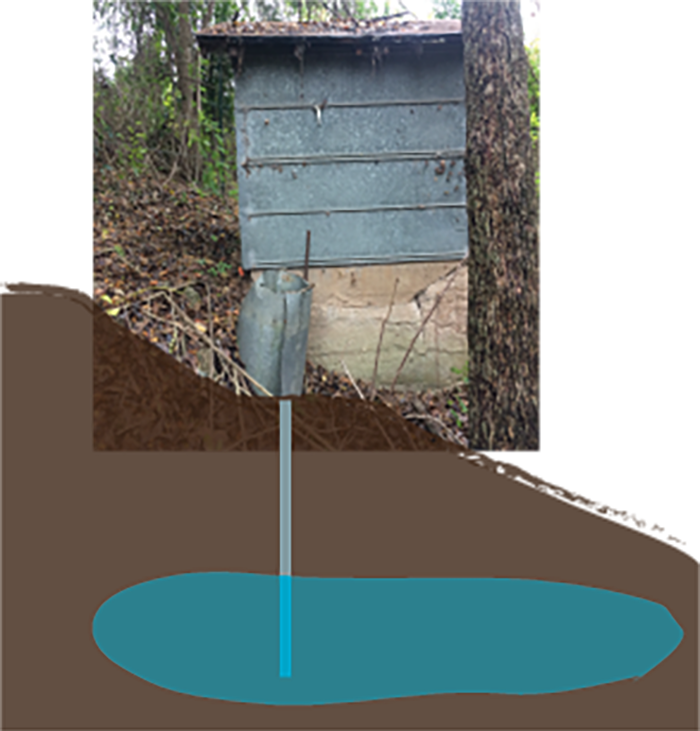
A well inside a pump house, located approximately 15 feet uphill of the spring, was used to provide water to the Blair residence during the mid-1900s.
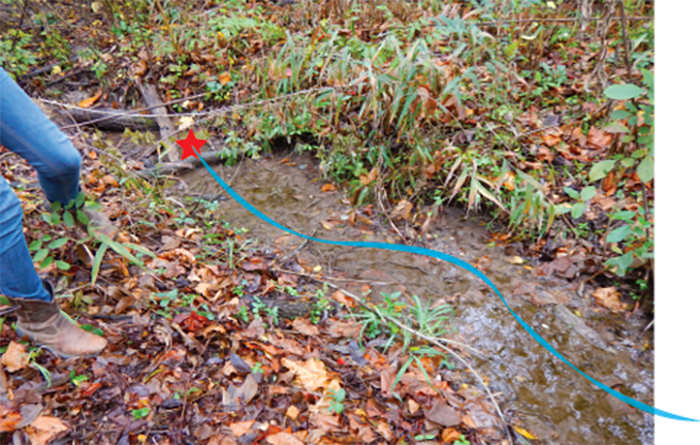
Although the spring does not emerge from a defined outlet, you can see the water has seeped out here and begins to flow in this channel.
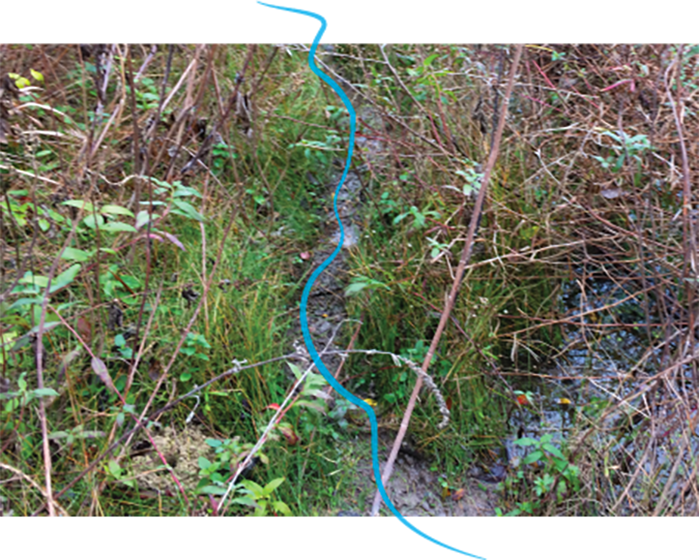
The water runs through the property during much of the year. The near-constant supply of water and its surrounding vegetation provide habitat for wildlife, such as insects, crawfish, and frogs.
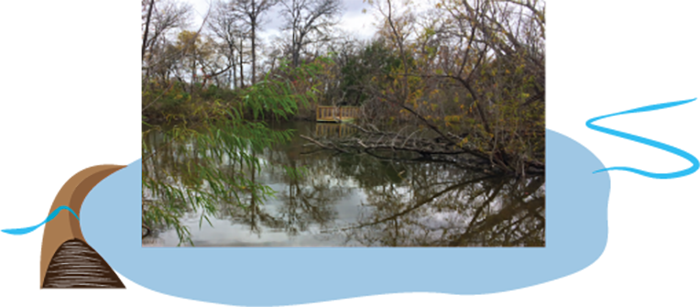
The spring water reaches a small dam, which holds back the water flow, forming a pond. Dr. Blair named this small blockade “The Dam of Words” because he constructed the dam using old student essays. The pond ranges from four- to six-feet deep and provides a reliable source of water for birds and other wildlife.
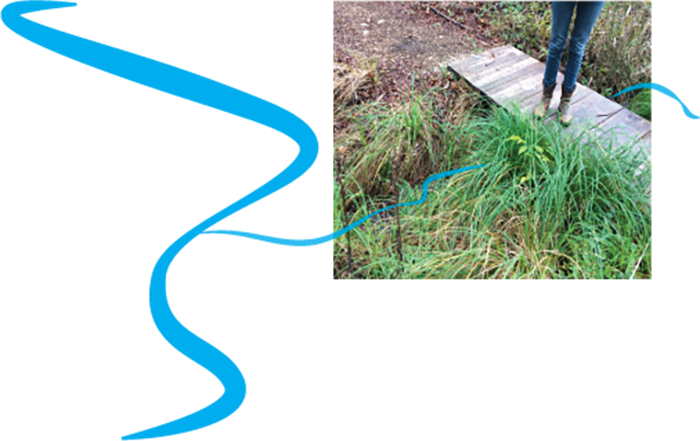
Excess pond water flows over the dam into a small creek and eventually flows off the property to Fort Branch Creek. Fort Branch Creek is named after Fort Coleman, which was located nearby from 1836 to 1838, when Austin was settled. Residents of Fort Coleman used this spring for their drinking water.
For more information about the Blair Woods Preserve, visit https://travisaudubon.org/sanctuaries/blair-woods.
Protecting East Austin’s Springs
Although they’re not flashy, springs in east Austin play important roles in the local environment by providing water to wildlife and vegetation and contributing water to our creeks and river, even during drier periods.
In 1986, the City Council approved the Comprehensive Watersheds Ordinance (Ordinance No. 860508-V) to safeguard springs and other environmental features that protect our water supply and preserve the characteristics of the natural environment.
What Can You Do?
- Visit and enjoy Austin’s springs!
- Check to see if there is a spring in your neck of the woods! Click on the “Layers” tab at the bottom of the left menu, scroll down and click “Environmental”, scroll down and click “Spring”. Once you zoom in, you can see the springs nearby that we have identified in our database!
- Help protect the springs! Pick up pet waste, put trash in a trash can, and use Earth-wise landscaping techniques. If you see a lot of trash by a spring, call Austin 3-1-1 to report it!
- Report leaks and springs! If you see water flowing in the city and are unsure if it’s coming from a natural spring or from a leaking pipe, call 3-1-1 so Austin Water can investigate the source.
- Contact us! Call Scott Hiers, P.G., at 512-974-1916 if you have questions about springs or want to be sure a particular spring is included in our database.
- Join us! Follow us on social media to see announcements about springs, creeks, lakes, and more! www.facebook.com/austinwatershed, www.twitter.com/austinwatershed, and www.instagram.com/natureinthecity.
